
Metropolitan Manila, commonly shortened to Metro Manila and formally the National Capital Region, is the capital region and largest metropolitan area of the Philippines. Located on the eastern shore of Manila Bay, the region lies between the Central Luzon and Calabarzon regions. Encompassing an area of 619.57 km2 (239.22 sq mi) and with a population of 13,484,462 as of 2020, it is composed of sixteen highly urbanized cities: the capital city, Manila, Caloocan, Las Piñas, Makati, Malabon, Mandaluyong, Marikina, Muntinlupa, Navotas, Parañaque, Pasay, Pasig, Quezon City, San Juan, Taguig, and Valenzuela, along with one independent municipality, Pateros. As the second most populous and the most densely populated region in the Philippines, it ranks as the 9th most populous metropolitan area in Asia and the 6th most populous urban area in the world.
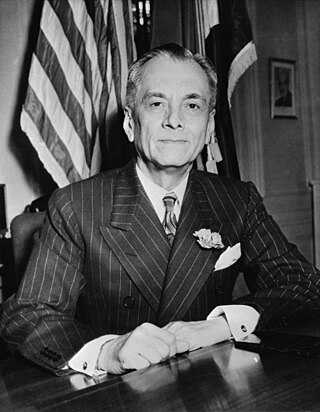
Manuel Luis Quezon y Molina, also known by his initials MLQ, was a Filipino lawyer, statesman, soldier, and politician who was president of the Commonwealth of the Philippines from 1935 until his death in 1944. He was the first Filipino to head a government of the entire Philippines and is considered the second president of the Philippines after Emilio Aguinaldo (1899–1901), whom Quezon defeated in the 1935 presidential election.

Manila, officially the City of Manila, is the capital and second-most-populous city of the Philippines. Located on the eastern shore of Manila Bay on the island of Luzon, it is classified as a highly urbanized city. As of 2019, it is the world's most densely populated city proper. It was the first chartered city in the country, and was designated as such by the Philippine Commission Act No. 183 on July 31, 1901. It became autonomous with the passage of Republic Act No. 409, "The Revised Charter of the City of Manila", on June 18, 1949. Manila is considered to be part of the world's original set of global cities because its commercial networks were the first to extend across the Pacific Ocean and connect Asia with the Spanish Americas through the galleon trade; when this was accomplished, it was the first time an uninterrupted chain of trade routes circling the planet had been established.

The coat of arms of the Philippines features the eight-rayed sun of the Philippines with each ray representing the eight provinces which were placed under martial law by Governor-General Ramón Blanco Sr. during the Philippine Revolution, and the three five-pointed stars representing the three major island groups of Luzon, the Visayas, and Mindanao.

Quezon City, also known as the City of Quezon and Q.C., is the most populous city in the Philippines. According to the 2020 census, it has a population of 2,960,048 people. It was founded on October 12, 1939, and was named after Manuel L. Quezon, the second president of the Philippines.
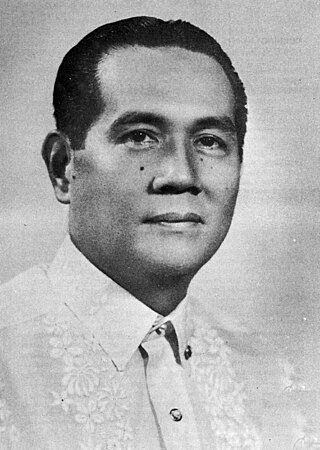
Diosdado Pangan Macapagal was a Filipino lawyer, poet and politician who served as the ninth President of the Philippines, serving from 1961 to 1965, and the sixth Vice President, serving from 1957 to 1961. He also served as a member of the House of Representatives, and headed the Constitutional Convention of 1970. He was the father of Gloria Macapagal Arroyo, who followed his path as President of the Philippines from 2001 to 2010.

Balanga, officially the City of Balanga, is a 4th class component city and capital of the province of Bataan, Philippines. According to the 2020 census, it has a population of 104,173 people. It is south of San Fernando, Pampanga and northwest of Manila. Balanga joined the UNESCO Global Network of Learning Cities in 2015.

Camp General Rafael T. Crame is the national headquarters of the Philippine National Police (PNP) located along Epifanio de los Santos Avenue (EDSA) in Quezon City. It is situated across EDSA from Camp Aguinaldo, the national headquarters of the Armed Forces of the Philippines (AFP). Prior to the establishment of the civilian PNP, Camp Crame was the national headquarters of the Philippine Constabulary, a gendarmerie-type Military police force which was the PNP's predecessor.

The University of the Philippines Manila is a public, coeducational, research university located in Ermita, Manila, Philippines. It is known for being the country's center of excellence in the health sciences, including health professional education, training, and research. It is the oldest of eight constituent universities of the University of the Philippines System, and predates the founding of UP by three years. It was originally established on December 1, 1905, as the Philippine Medical School and later renamed as the UP College of Medicine and Surgery on June 10, 1907. In 1983 it was renamed as University of the Philippines Manila.

Palayan, officially the City of Palayan, is a 5th class component city and capital of the province of Nueva Ecija, Philippines. According to the 2020 census, it has a population of 45,383 people, making it the least populated city in the Philippines.
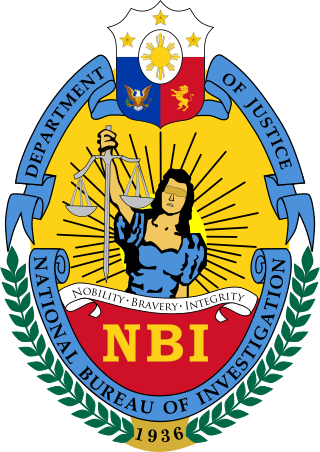
The National Bureau of Investigation is an agency of the Philippine government under the Department of Justice, responsible for handling and solving major high-profile cases that are in the interest of the nation.
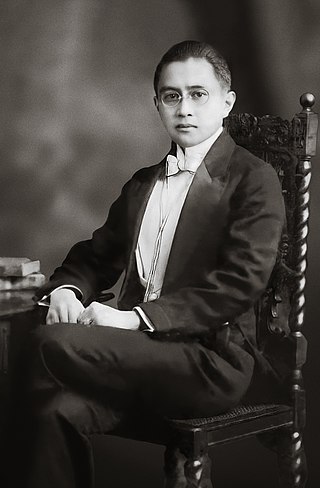
Don Gabriel Amando Daza, KGCR, KC*SS was the first Filipino electrical engineer and one of the charter members of the Boy Scouts of the Philippines (BSP). He co-founded the Philippine Long Distance Telephone Company (PLDT), Philippine Telegraph and Telephone Co. (PT&T), Philippine Electric Manufacturing Company (PEMCO), Phelps Dodge Philippines. He was the supervising engineer and assistant general manager of Visayan Electric Company (VECO) and led its expansion out of Cebu City. President and chief scout of the BSP in 1961–68. In 1945, President Osmeña appointed Daza to be a member of the board of directors of the Manila Railroad Company and the Philippine Charity Sweepstakes Office. In 1950, he was vice-chairman of the National Power Corporation and on the board of directors of the Manila Hotel Company. In 1951, Daza was appointed by President Quirino as a founding member of the board of directors of the National Shipyard and Steel Corporation. President and director of the National Economic Protection Agency (NEPA) in 1956.
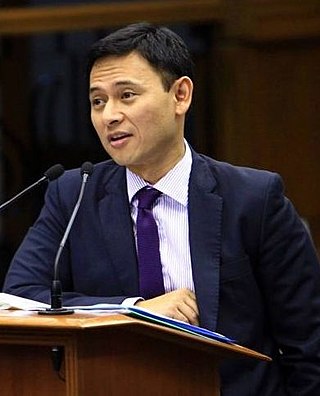
Juan Edgardo "Sonny" Manalang Angara is a Filipino politician and lawyer serving as a Senator since 2013. He is the chairman of Samahang Basketbol ng Pilipinas, the governing body of basketball in the Philippines. He is also the principal author and sponsor of Republic Act No. 11981 also known as the Tatak Pinoy Act, a landmark law for establishing a policy platform for the public and private sectors to collaborate to help domestic enterprises become more globally competitive and offer more diverse and sophisticated products and services.

The Veterans Memorial Medical Center was established in 1955 with full US Government assistance under the US Veterans Administration to provide quality hospitalization, medical care and treatment to Filipino veterans as provided by U.S. public law. The patients were originally those who suffer from service-connected disabilities arising from their services with the USAFFE, recognized guerrilla units, Philippine Scouts, and Philippine Commonwealth Army, which was later extended to AFP retirees and their dependents.

The Philippine Health Insurance Corporation (PhilHealth) was created in 1995 to implement universal health coverage in the Philippines. It is a tax-exempt, government-owned and controlled corporation (GOCC) of the Philippines, and is attached to the Department of Health. On August 4, 1969, Republic Act 6111 or the Philippine Medical Care Act of 1969 was signed by President Ferdinand E. Marcos which was eventually implemented in August 1971.
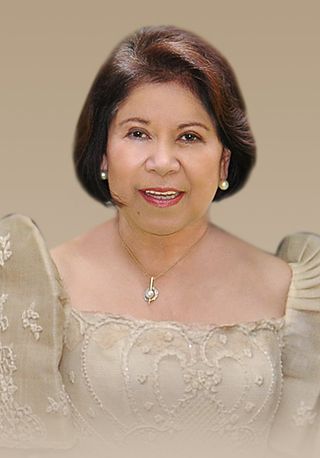
Bellaflor Javier Angara-Castillo, simply known as Bella Angara, is a former member of the Philippine House of Representatives representing the lone district of Aurora. She previously served three consecutive terms as governor of Aurora province from 2004 to 2013. She was the third female governor of Aurora province. Prior to being governor, she served three consecutive terms as representative of the lone district of Aurora from 1995 to 2004. She was the first and so far the only woman in the history of the Philippine Congress to become House majority floor leader.

St. Luke's Medical Center – Global City is a hospital at the Bonifacio Global City in Taguig, Metro Manila, Philippines. It is the sister facility of the hospital of the same name in Quezon City. Both are affiliated with the Episcopal Church of the Philippines.

The Philippine Children's Medical Center is a government-run children's hospital in Quezon City, Metro Manila, Philippines. The hospital as a government-owned and controlled corporation is attached to the Department of Health.

The San Lazaro Hospital (SLH) is a tertiary health facility in Manila, Philippines. It is a referral facility for communicable diseases and is one of the retained special tertiary hospital of the Department of Health and is funded by subsidy from the Philippine national government. It has a bed-capacity of 500. It is known as the oldest hospital in the Philippines which caters to indigents.
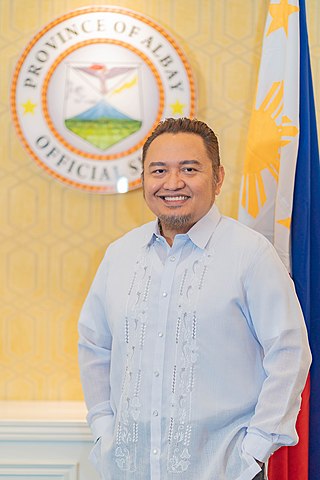
Edcel Greco Alexandre Burce Lagman, also known as Grex, is a Filipino lawyer and politician from the province of Albay.






















